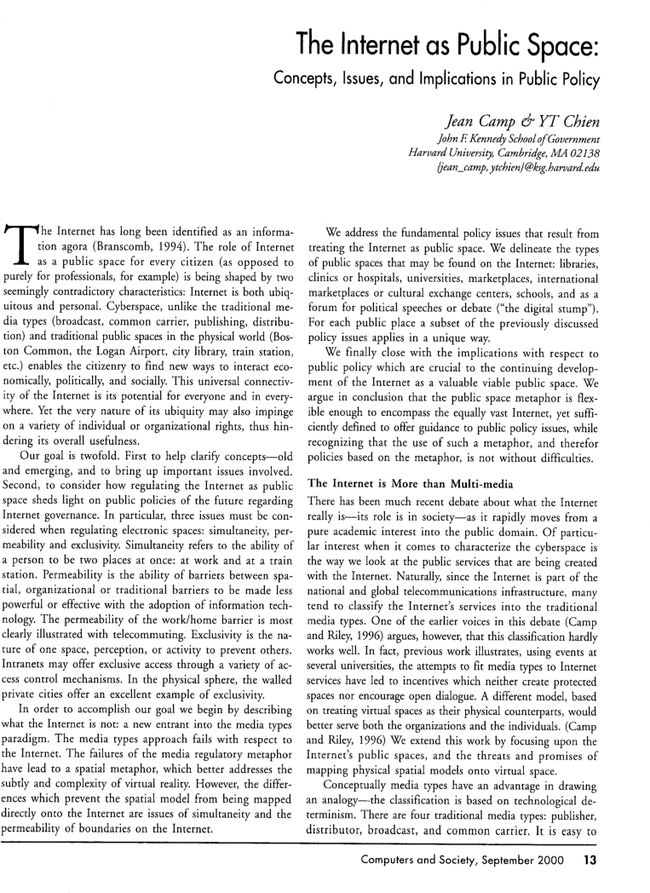Cited By
View all- Namal YArı R(2024)Dijitalleşen İletişim ve Enfokrasi Bağlamında Fransa Protestolarının Eleştirel Söylem Analizi: Nahel Merzouk ProtestolarıDüşünce Dünyasında Türkiz10.59281/turkiz.145189115:1(99-131)Online publication date: 30-Apr-2024
- Delgado M(2023)La invención del espacio público como espacio moralQuaderns de l'Institut Català d'Antropologia10.56247/qua.40939:1(27-39)Online publication date: 24-Oct-2023
- Hadziselimovic APijarski K(2023)Freedom of Expression in Privacy vs. Public Interest, a Case for Open Justice in Extended RealityZarządzanie Mediami10.4467/23540214ZM.23.003.1949011:1(41-56)Online publication date: 2023
- Show More Cited By


